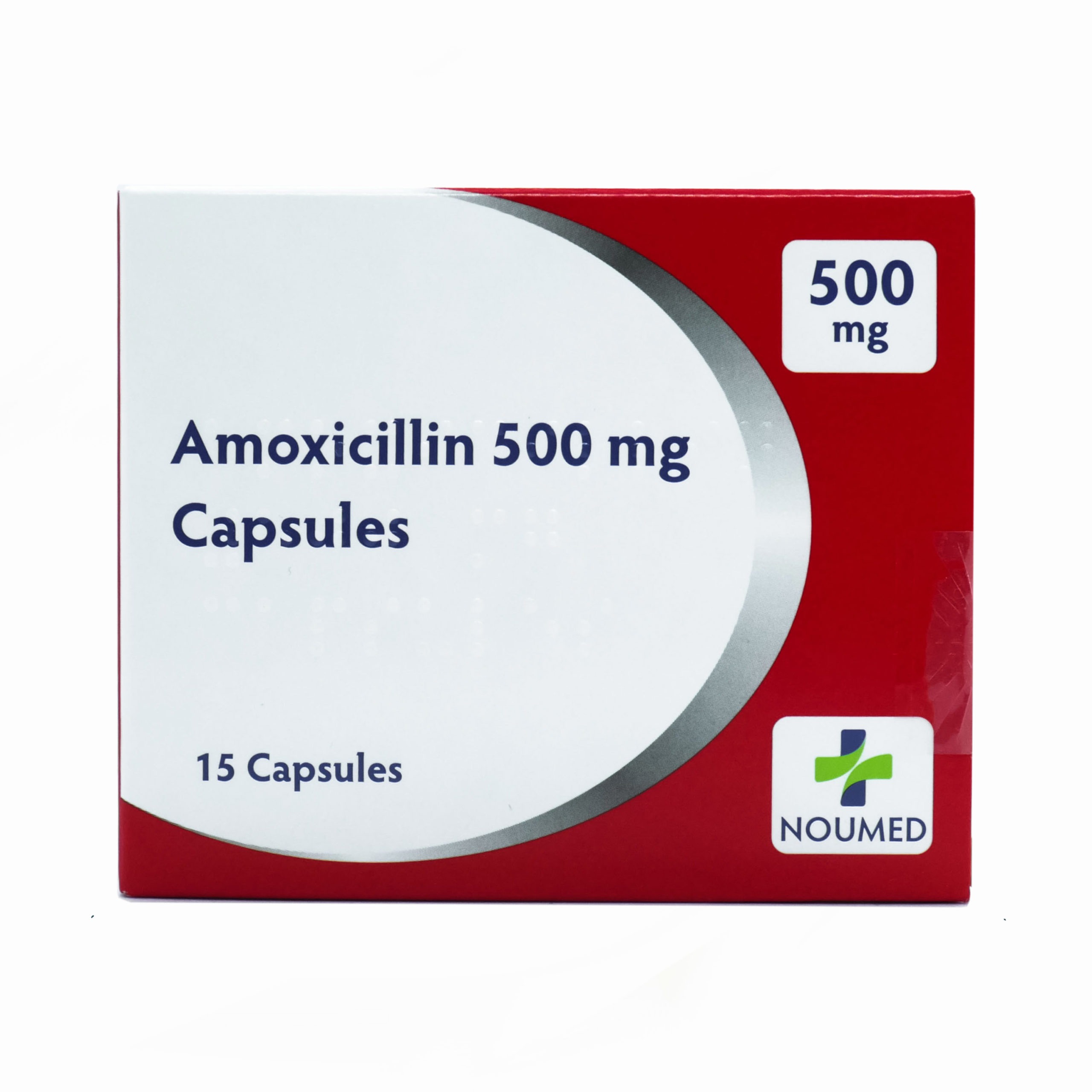What Are Amoxicillin Tablets?
Amoxicillin is a widely used prescription antibiotic that treats a range of bacterial infections. It belongs to the penicillin family and works by stopping bacteria from growing and multiplying. As a result, it’s an effective first-line treatment for many common infections, including those affecting the chest, throat, and urinary tract.
What Are Amoxicillin Tablets Used For?
Doctors commonly prescribe Amoxicillin to treat:
— Chest infections like bronchitis and pneumonia
— Ear, nose and throat infections such as sinusitis and tonsillitis
— Urinary tract infections (UTIs)
— Skin and soft tissue infections
— Dental infections (e.g. abscesses)
— Stomach ulcers caused by H. pylori (used in combination with other medicines)
It only works against bacterial infections—not viral ones like colds or flu.
How Do Amoxicillin Tablets Work?
Amoxicillin is a penicillin-type antibiotic that fights bacterial infections by:
— Preventing bacteria from forming protective cell walls
— Killing the bacteria and stopping them from multiplying
— Helping your body clear the infection and reduce symptoms
This makes it easier for your immune system to recover and get you back to feeling well.
How Should Amoxicillin Be Taken?
Your doctor will tell you how long to take Amoxicillin based on your condition. However, follow these general guidelines unless told otherwise:
— Swallow the tablet whole with water
— Can be taken with or without food
— Take at evenly spaced times each day
— Finish the full course, even if you feel better
— Do not double up if you miss a dose—just take the next one as normal
Consistent dosing helps the antibiotic work properly and lowers the risk of resistance.
Are There Any Side Effects?
As with all medications, Amoxicillin can cause side effects. Most are mild and go away on their own.
Common side effects:
— Nausea
— Diarrhoea
— Skin rash
Uncommon or rare side effects:
— Vomiting or bloating
— Thrush (oral or vaginal)
— Joint or muscle pain
serious side effects (seek medical help):
— Allergic reaction (rash, swelling, difficulty breathing)
— Severe diarrhoea that doesn’t go away
— Yellowing of the skin or eyes (possible liver problem)
Always speak to your GP or pharmacist if side effects become severe or don’t go away.
Who Should Avoid Amoxicillin?
Amoxicillin isn’t suitable for everyone. Avoid taking this medicine if:
— You’re allergic to penicillin or any other beta-lactam antibiotics
— You’ve had an allergic reaction to Amoxicillin in the past
— You have a history of liver or kidney problems
— You’re taking medicines that interact with Amoxicillin (e.g. allopurinol, methotrexate)
Speak to your doctor before starting treatment if you’re pregnant, breastfeeding, or taking other medications.
How Should It Be Stored?
— Store below 25°C in a dry place
— Keep tablets in their original packaging
— Protect from moisture and direct sunlight
— Keep out of sight and reach of children
— Don’t use after the expiry date—return unused tablets to your pharmacy for safe disposal



